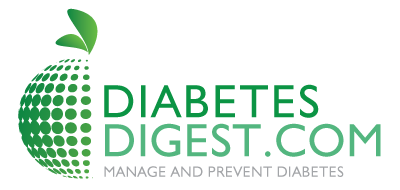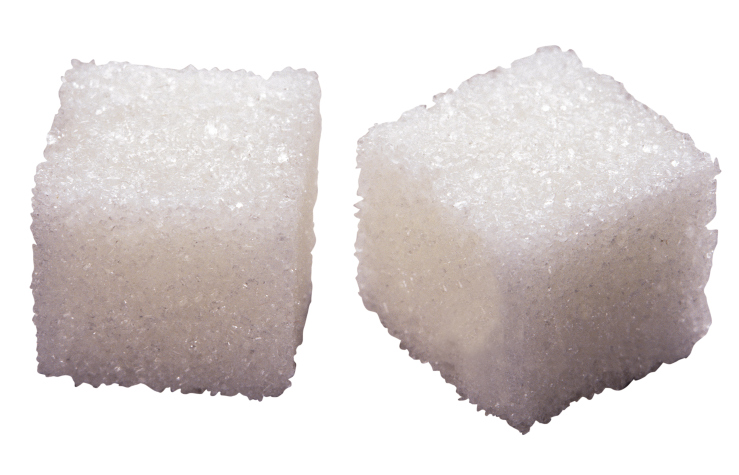10 Superfoods: Diet with Diabetes
Diet with Diabetes
Managing diabetes means managing what you eat. How does one manage to diet with diabetes? Oftentimes, it is difficult to find a variety of good-tasting foods that are healthy for both your diabetes and your heart. To help you broaden the variety of foods you turn to, here is a list of 10 super foods—foods that pack a wallop of good nutrition along with great taste.
- Leafy green vegetables:Bok choy, broccoli, spinach, kale, watercress, as well as beet, collard, mustard and turnip greens
Nutrition assets: Great sources of vitamins A, C, folic acid and calcium.
How to eat more:
Saute any of these leafy greens with garlic to widen your horizon of cooked vegetables.
Make your salads more interesting and nutritious with fresh spinach, kale or watercress.
Use bok choy, spinach and/or broccoli in stir-fry. - Berries:Blueberries, blackberries, raspberries and strawberries
Nutrition assets: Loaded with vitamin C and fiber.
How to eat more:
Toss berries into a salad or cereal.
Top a dish of berries with yogurt.
Use fresh berries to add flavor to chicken or pork.
Enjoy berries year-round. Keep frozen unsweetened berries in your freezer. Warm them up for a sweet dessert, to top waffles, pancakes, plain yogurt or low-fat frozen yogurt. - High fiber grains:Barley, buckwheat, bulgur, millet and quinoa
Nutrition assets: Loaded with fiber and some B vitamins.
How to eat more:
Use these grains to widen your choice of starches. Substitute them for your usual rice, pasta or potato side dishes.
Saute garlic, onions and mushrooms and add to grains while cooking.
Prepare a combination of high-fiber grain with rice.
Add bulgur or buckwheat to a meat- or turkey-loaf. - Dried peas and beans:Garbanzo, kidney, pinto and white beans (and others), green and yellow peas and lentils
Nutrition assets: High in fiber. Good sources of vitamins: folic acid, B vitamins, thiamin, riboflavin and niacin and the minerals iron, zinc, phosphorus and magnesium.
How to eat more:
Toss in salads.
Use as a starch side dish.
Eat Mexican. Use fat-free refried beans or black beans to make burritos or enchiladas. Or make chili.
Use bean-based soups as the main course for a quick lunch or dinner. Add a salad and whole grain bread, and you’ve got dinner.
Blend for dips or spreads.
Note: Make life easy—use canned beans. - High fiber breads, crackers and cereals:Nutrition assets: High in fiber and a good source of B vitamins. Enough fiber can help improve blood glucose and blood lipid levels and keep your bowels regular.
How to eat more:
Use a high-fiber cereal in combination with your other favorite cereals. A high-fiber cereal should contain at least 5 grams of fiber per serving.
Use high-fiber cereal for a snack or mix in yogurt.
When you buy bread, look for a whole grain loaf with at least 3 grams of fiber per slice.
Choose whole grain crackers with at least 2 grams of fiber per serving. - Oily fish:Salmon, mackerel, herring, tuna, and anchovies
Nutrition assets: High in omega-3 fats that can reduce triglycerides. They also prevent the formation of blood clots and prevent blood clots from sticking to artery walls.
How to eat more:
Have at least one to two fish meals per week with these oily fish.
Make salmon or tuna salad for a quick sandwich or salad topping.
Use pickled herring or salmon in wine sauce for a quick meal.
Use anchovies on salads or pizza. - Low- and non-fat milk and yogurt:Nutrition assets: The best sources of readily absorbed calcium, and good sources of some B vitamins and vitamin A and D. Two servings a day may help lower blood pressure.
How to eat more:
Choose calcium-fortified fat-free milk.
When you make hot cereal, rice or grains, use a combination of milk and water to calcium fortify your hot cereal.
Eat high-fiber cold cereal with fat-free milk for a healthy breakfast or snack.
Opt for yogurt sweetened with a no-calorie sweetener as a snack or to satisfy your sweet tooth. - Nuts:Nutrition assets: High in monounsaturated fats (except for walnuts), which help lower LDL cholesterol and raise HDL cholesterol. Great source of vitamin E, folic acid, magnesium and fiber.
How to eat more:
Snack on a handful of nuts—they’re easy to pack and easy to nibble.
Toss a few nuts onto salads, stir-fry, casseroles or into cooked or dry cereal.
Add nuts to yogurt, frozen yogurt or ice cream for crunch.
Add nuts to muffins and other baked goods.
Note: Try toasting nuts before using. It brings out their great taste. - High monounsaturated fat oils:Olive, canola and peanut oil
Nutrition assets: High in monounsaturated fats which lower LDL cholesterol and raise HDL cholesterol.
How to eat more:
Stock one or more of these oils in your cupboard. Use only these oils.
Use these oils wherever possible instead of margarine or butter, when making eggs, sauteing vegetables and making rice or pasta.
Make your own salad dressing with olive or canola oil. - Plant stanol and sterol spreads:Benecol spread, and Softgels and Take Control spread
Nutrition assets: Help reduce LDL cholesterol.
How to eat more:
Choose Benecol (with plant stanol ester) or Take Control (plant sterol ester) for your margarine-like spread. Use a serving three times a day to get maximal lowering of LDL cholesterol.
Use to saute on bread or toast, on vegetables, potatoes, pancakes or waffles.
Benecol now is available in Softgels. Take 6 a day for ideal LDL-lowering effect.






